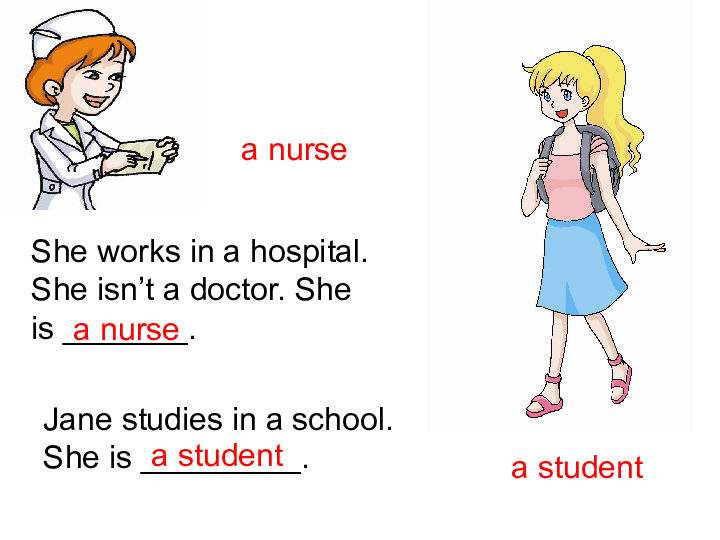Do Student Loans Get Forgiven: A Comprehensive Guide to Loan Forgiveness Programs
Guide or Summary:Public Service Loan Forgiveness (PSLF)Income-Driven Repayment PlansLoan Discharge Due to Death or DisabilityOther Loan Forgiveness Programs……
Guide or Summary:
- Public Service Loan Forgiveness (PSLF)
- Income-Driven Repayment Plans
- Loan Discharge Due to Death or Disability
- Other Loan Forgiveness Programs
- How to Apply for Loan Forgiveness
Are you drowning in student loan debt and wondering if there's a way to get your balance forgiven? You're not alone. Many borrowers grapple with the prospect of making payments for decades. Fortunately, there are several student loan forgiveness programs designed to help ease the burden. In this comprehensive guide, we'll explore the various ways student loans can get forgiven, including Public Service Loan Forgiveness (PSLF), income-driven repayment plans, and loan discharge due to death or disability.
Public Service Loan Forgiveness (PSLF)
One of the most popular forgiveness programs is PSLF. This program is designed for borrowers who work in public service positions, such as teachers, nurses, and government employees. To qualify for PSLF, you must make 120 qualifying payments while working full-time for a qualifying employer. After making these payments, the remaining balance on your Direct Loans may be forgiven.

Income-Driven Repayment Plans
Income-driven repayment plans are another way to reduce your monthly payments and potentially forgive your remaining balance. These plans base your monthly payment on your income and family size. There are four types of income-driven repayment plans: Income-Based Repayment (IBR), Pay As You Earn (PAYE), Revised Pay As You Earn (REPAYE), and Income-Contingent Repayment (ICR). After making payments for a certain number of years, any remaining balance may be forgiven.
Loan Discharge Due to Death or Disability
If you become permanently and totally disabled, you may be eligible for loan discharge. To qualify, you must provide documentation from a physician stating that you are unable to work due to your disability. If you pass away, your federal student loans may also be discharged.

Other Loan Forgiveness Programs
In addition to PSLF, IBR, and loan discharge due to death or disability, there are other loan forgiveness programs available. For example, the Teacher Loan Forgiveness Program forgives up to $17,500 in Direct or FFEL Subsidized Loans after five years of full-time teaching in low-income schools or educational service agencies.
How to Apply for Loan Forgiveness
To apply for loan forgiveness, you'll need to submit the appropriate documentation to your loan servicer. For PSLF, you must complete an Employment Certification form annually. For income-driven repayment plans, you'll need to submit an Income and Expense Disclosure form. If you're applying for loan discharge due to death or disability, you'll need to provide documentation from a physician or death certificate.

In conclusion, student loan forgiveness is a real possibility for many borrowers. By exploring the various forgiveness programs available, you can find the best option for your financial situation. Remember to submit all required documentation promptly to increase your chances of having your balance forgiven. With the right strategies in place, you can take control of your student loan debt and work towards a debt-free future.